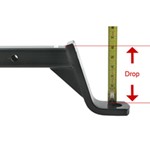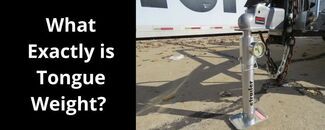Determining Trailer Tongue Weight
Tongue Weight Scale Bathroom Scale Commercial Scale


Tongue Weight Scales
Bathroom Scale


Place the trailer tongue 1 ft from the pipe on the support brick Multiply the reading on the scale by the total distance between the 2 support pipes Use a brick that is the same thickness as the scale so that the 2 x 4 is level when you weigh your trailer
Commercial Truck Scales



Determine Tongue Weight for Weight Distribution Hitch

Determine Additional Weights

Departments
Towing
- Trailer Hitch
- Fifth Wheel
- Gooseneck
- Towing a Vehicle
- Front Hitch
- RV Hitch
- ATV Hitch
- HD Truck Hitch
- Vehicle Wiring
- Brake Controller
- Ball Mounts
- Weight Distribution
Sports and Recreation
Trailer Parts
- Utility Trailer
- Boat Trailer
- Landscape Trailer
- Enclosed Trailer
- 5th/Camper Trailer
- Car Hauler
- Horse Trailer
Vehicle
Contact & Help

What our customers are saying:
"Goods were received. Very professionally done on your part beginning to end. Thanks. J"
John
Darien, CT
































